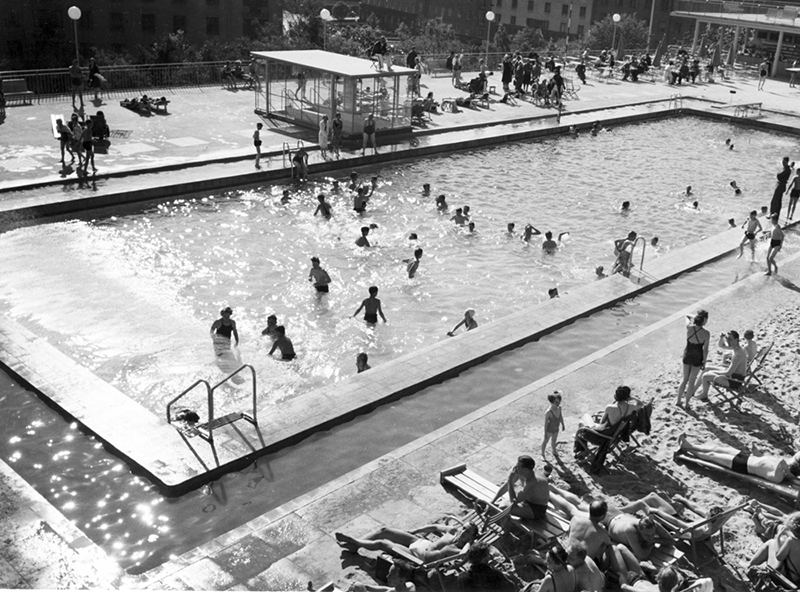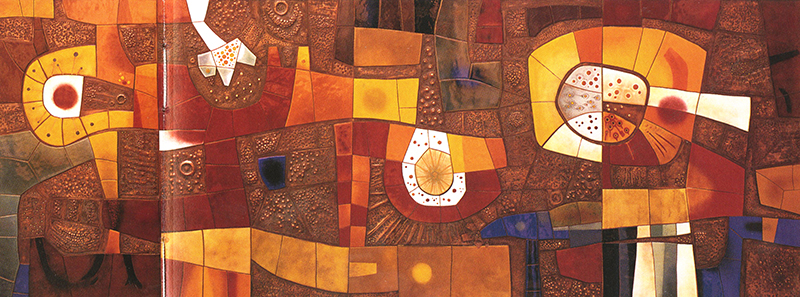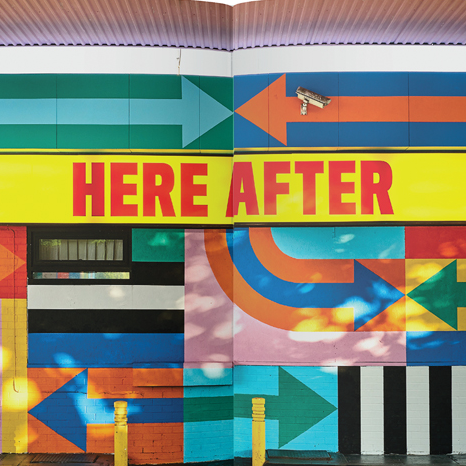
September 25, 2017
Gateway Drug of Dessau
I’ve heard the statement, “Modernism was a failed experiment,” for thirty years. The expressive typography of the 1960s abandoned the tenets of simplicity and function. In the 1970s and 80s design shifted again to embrace historical references, illustrative imagery, and post-modern appropriation. Even the minimalism of the 2000s incorporated self-reference and irony. For these last thirty years, I felt like a character in Ray Bradbury’s Fahrenheit 451 (1953), hiding my reverence for Bayer, Matter, and Moholy-Nagy.
The typography and graphic design at the Bauhaus represent the most religious allegiance to Modernism. But, it is the photography at the Bauhaus that serves as a gateway drug. The imagery of happy art students is disarming and nostalgic now but revolutionized the way we see through the lens.
LaÌzloÌ Moholy-Nagy, 1927
LaÌzloÌ Moholy-Nagy, 1923
LaÌzloÌ Moholy-Nagy, 1928
In 1923, Laszlo Moholy-Nagy replaced Johannes Itten as the instructor of the foundation course at the Bauhaus. This change moved the course’s philosophy from spiritual expression to an approach based on the integration of design, technology, and industry. As an antidote to the 19th-century individual and personal expression of illustration, photography was the medium that related more to the machine of a camera and accurate representation than a drawing or painting.
Moholy-Nagy’s approach offered a cinematic vision to see the world in a new and revolutionary way. His photographs of the Dessau Bauhaus building, for example, are not only documentation of the architectural structure. Instead, they use unconventional and, in 1923, shocking, perspectives. These images defined a new relationship between people and the architecture. The bird’s eye or worm’s eye view forces the viewer to imagine him or herself in the photographer’s position.
Throughout the 1920s, masters and students continued to explore the medium with photograms, double exposure, and application to graphic design. By 1930s, as the school continued to face financial and political pressures, the period of experimental photography at the Bauhaus ended. Commercial applications replaced investigation. The photographers now documented Bauhaus products for promotion and sales. However, even these images revolutionized product photography from drab flat photographs to sharp focus and simple backgrounds.


The Bauhaus ideas on photography survived the closing of the school. The Bauhaus master, Lyonel Feininger’s son, Andreas Feininger, became one of America’s great photographers producing iconic images of New York in the 1940s. The norm of product photography today is a sharp image on a white background. The influence of photography at the Bauhaus exists on every Instagram, Facebook, and Linked In page. Every selfie, abstract image of an architectural or natural element, and every image photographed from a unique point of view owes its genesis to photography at the Bauhaus.

Lotte Beese, 1930
Lucia Moholy, 1926

Otto Umbehr, 1928

Andreas Feininger, 1937
Observed
View all
Observed
By Sean Adams
Recent Posts
Mine the $3.1T gap: Workplace gender equity is a growth imperative in an era of uncertainty A new alphabet for a shared lived experience Love Letter to a Garden and 20 years of Design Matters with Debbie Millman ‘The conscience of this country’: How filmmakers are documenting resistance in the age of censorship



